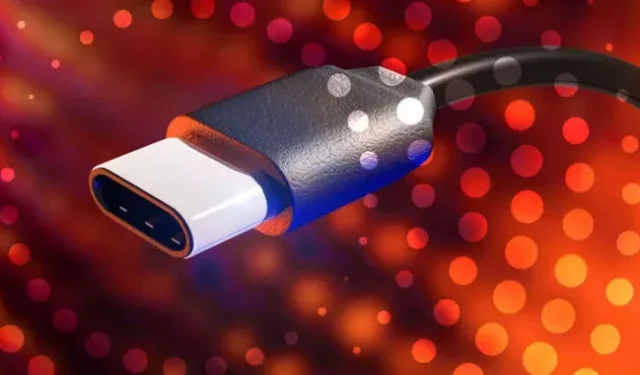USB has come a long way since the 12Mbps days of the 90s. It has said goodbye to USB-B and is gradually moving away from USB-A in favor of a thin reversible USB-C connector. Data transfer speeds have increased so dramatically that we can run powerful installations with high-resolution monitors, fast external drives, and a host of other devices from the latest USB4 open standard developed by the USB Developers Forum.
USB4 combines the USB and Intel Thunderbolt protocols for the first time, expanding the capabilities of USB and dividing the technology into different performance classes. The addition of features such as dynamic bandwidth allocation ensures that USB4 is by far the most advanced generation of USB. While there are PCs, docking stations, and cables that support USB4, we’ve yet to see everything the protocol is capable of, such as powering non-Intel branded eGPUs.
With all that in mind, we thought it was a good time to take a look at the latest and greatest generation of USB. We’ve prepared a handy update for all things USB4, breaking down various key aspects of the spec, from how it differs from other specs, to protocol tunneling, alternate mode, and power delivery.


